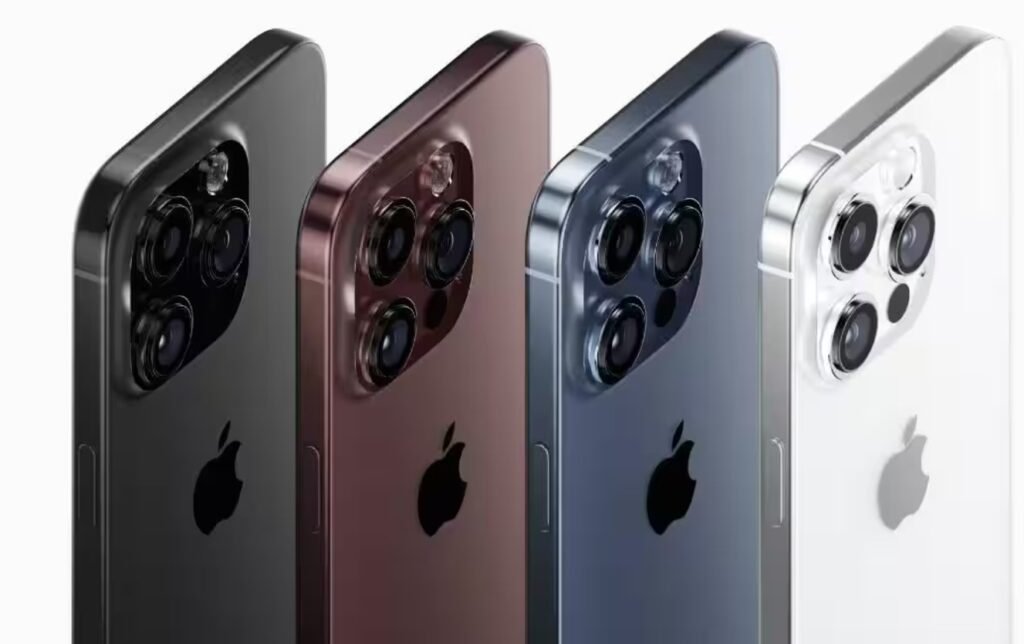Apple is set to launch its new iPhone 15 and iPhone 15 Pro on Tuesday, but one change to the devices has sparked controversy among consumers and environmentalists. The tech giant will reportedly replace its proprietary Lightning chargers with USB-C chargers, a universal standard that is compatible with most other devices.
Why is Apple changing its chargers?
The move comes after the European Union passed a law last year that requires all small and medium-sized electronic devices to support USB-C charging by 2024. The law aims to reduce electronic waste and make it easier for consumers to use one charger for multiple devices, regardless of the brand.

Apple, which introduced the Lightning charger in 2012, has been resisting the change for years, arguing that it would create more waste by rendering millions of existing chargers obsolete. The company also claimed that the Lightning charger was faster and more reliable than USB-C.
However, Apple has already adopted USB-C charging for some of its products, such as the iPad and the MacBook. The company also faced pressure from some of its competitors, such as Samsung and Google, which have switched to USB-C for their smartphones.
How will consumers react to the change?
Some analysts expect that the change will cause some backlash from Apple customers who have invested in Lightning cables and accessories over the years. They may also be confused by the different types of USB-C chargers available, which vary in power and speed.
Paolo Pescatore, an analyst at PP Foresight, says he expects to see “some backlash”, while Ben Wood, chief analyst at CCS Insight says: “The expected shift to USB-C could generate some friction for Apple customers who already have proprietary ‘Lightning’ cables and docks around their homes.”
Some consumers may also be reluctant to buy new chargers or adapters, especially if they are not included in the box with the new iPhones. Apple has already stopped providing chargers and earphones with its devices since last year, citing environmental reasons.
What are the benefits of USB-C charging?
Despite the potential challenges, some experts say that the switch to USB-C charging could also bring some benefits for Apple and its customers. For one thing, it could simplify the charging process across various devices and brands, making it more convenient and user-friendly.
USB-C chargers also offer faster data transfer and higher power delivery than Lightning chargers, which could improve the performance and battery life of the new iPhones. Additionally, USB-C chargers are more versatile and can be used for other functions, such as connecting external monitors or keyboards.
Moreover, the change could help Apple align with the EU’s environmental goals and reduce its carbon footprint. According to the EU, chargers generate 11,000 tonnes of electronic waste annually in the bloc, costing consumers €250 million each year. By adopting a common standard, Apple could help save resources and energy.
How will the change affect Apple’s sales?
The change in chargers could also have an impact on Apple’s sales and revenue. The company has been facing a decline in iPhone sales for the past few quarters, partly due to the global chip shortage and supply chain disruptions caused by the pandemic.
The company reported a 2% drop in iPhone sales in the three months to June, marking its longest period of revenue decline since 2016. The new iPhones are expected to feature some innovations, such as a zoomable periscope camera and a smaller notch, but they may not be enough to attract new customers or persuade existing ones to upgrade.
The switch to USB-C charging could also affect Apple’s accessory business, which generates billions of dollars in revenue from selling cables, adapters, docks and other products. However, some analysts say that this loss could be offset by the growth of other services, such as Apple Music, Apple TV+ and iCloud.
